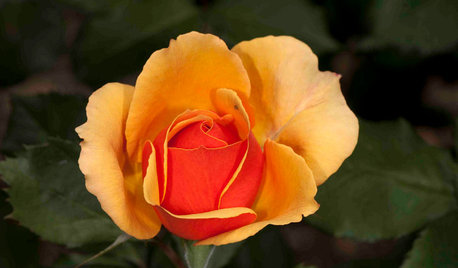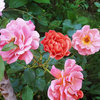Presentation of the Black Always Blooming Roses of Turkey
henry_kuska
5 years ago
Related Stories

WINTER GARDENINGPruning Secrets for Exquisite Roses
Encourage gorgeous blooms year after year with this time-tested advice on how to prune your rosebush in winter for health and shape
Full Story
GARDENING GUIDESGreat Design Plant: Black-Eyed Susan
Plant seeds this fall for rich swaths of golden blooms in the garden come summer
Full Story
DECORATING GUIDESModern Life Makes Room for Blooms
Vintage florals still look lush and lovely on upholstery, curtains, wallpaper and more
Full Story
GARDENING GUIDESWhat Kind of Roses Should You Grow?
Want to add the beauty of roses to your garden? Find out which ones, from old-fashioned to modern, are right for you
Full Story
GARDENING GUIDESTop 12 Summer-Blooming Perennials for Deer-Resistant Drama
Can you have garden color, fragrance and exciting foliage with hungry deer afoot? These beauties say yes
Full Story
GARDENING GUIDES6 Wonderfully Easy Roses for Any Gardener
Look like an expert even if you're just starting out, with these low-maintenance gems of the rose world
Full Story
SPRING GARDENING5 Exotic Rose Colors for a Beautifully Different Garden
Give red a rest. Let these daring hues take the spotlight instead for a rose garden that turns heads
Full Story
GARDENING GUIDESLearn the Secret to Bigger and Better Roses
Grow beautiful roses using both ordinary and unusual soil amendments
Full Story
GARDENING GUIDESYou’re Going to Want to Stop and Smell These Roses
See top picks from David Austin’s most fragrant roses in colors ranging from ivory to crimson
Full Story
GARDENING GUIDESRoses: Crowning Touch of Gardens
Whether you're the Miss or Mister America of gardening or take a hands-off approach, roses can be a winning addition to your landscape
Full Story





Related Discussions
Knockout Roses only bloomed once
Q
clematis vines always turn black mid-summer
Q
Best all around repeat blooming, black spot free white roses you know?
Q
What Iconic Roses Are Present in Your Garden?
Q